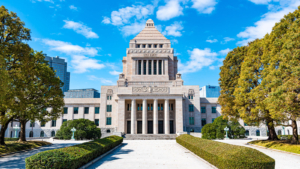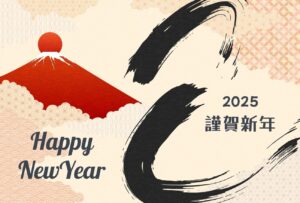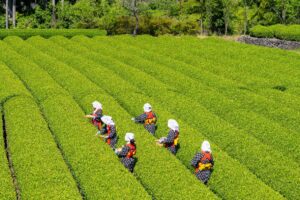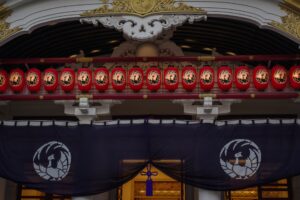Adoption in Japan
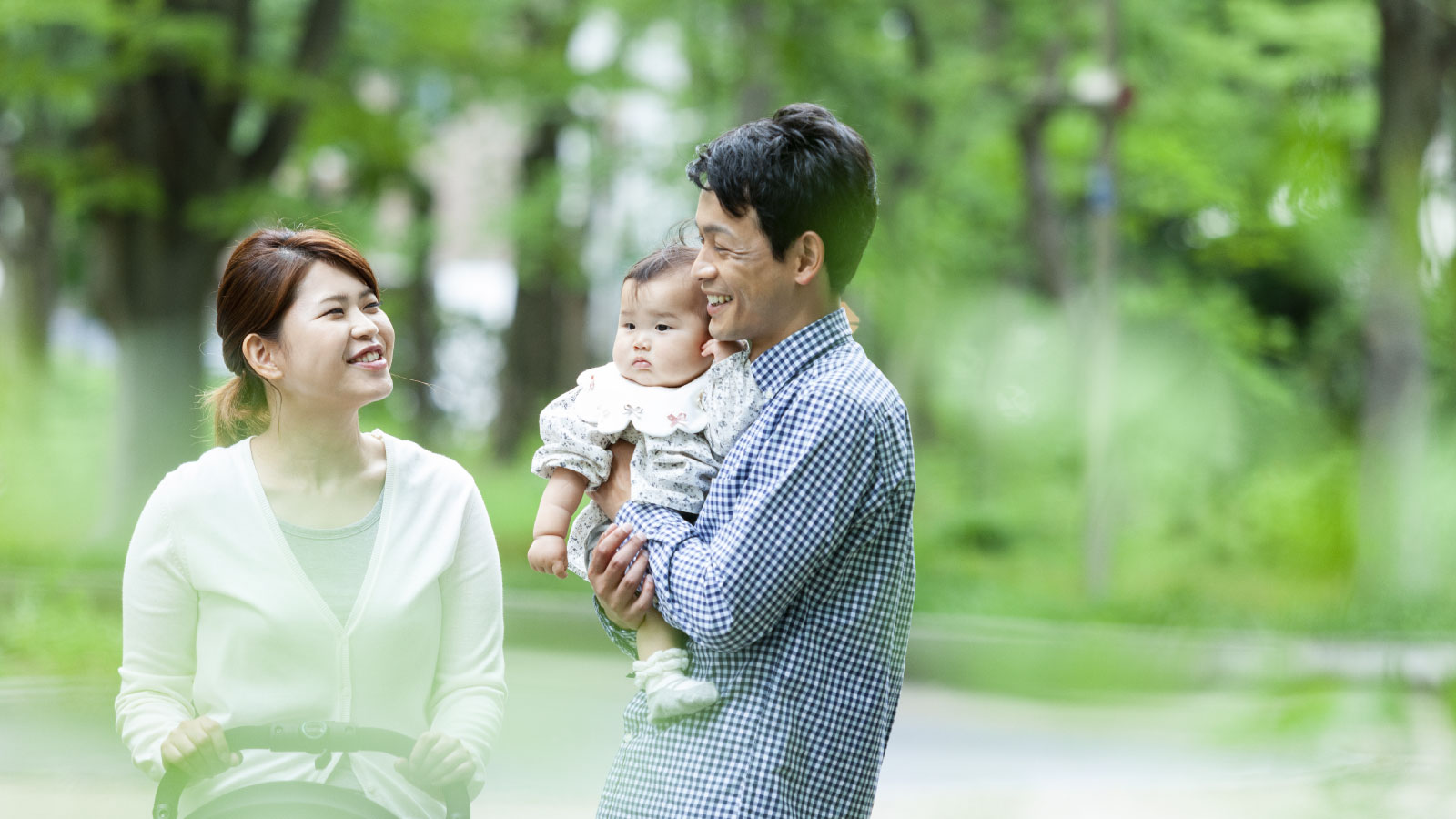
Japan has the world’s second highest adoption rate, with an estimated 80,000 adoptions occurring per year. Most of these adoptions are from Americans who then take the Japanese children back to the United States. Strangely enough, many of these adoptions are actually of adults.
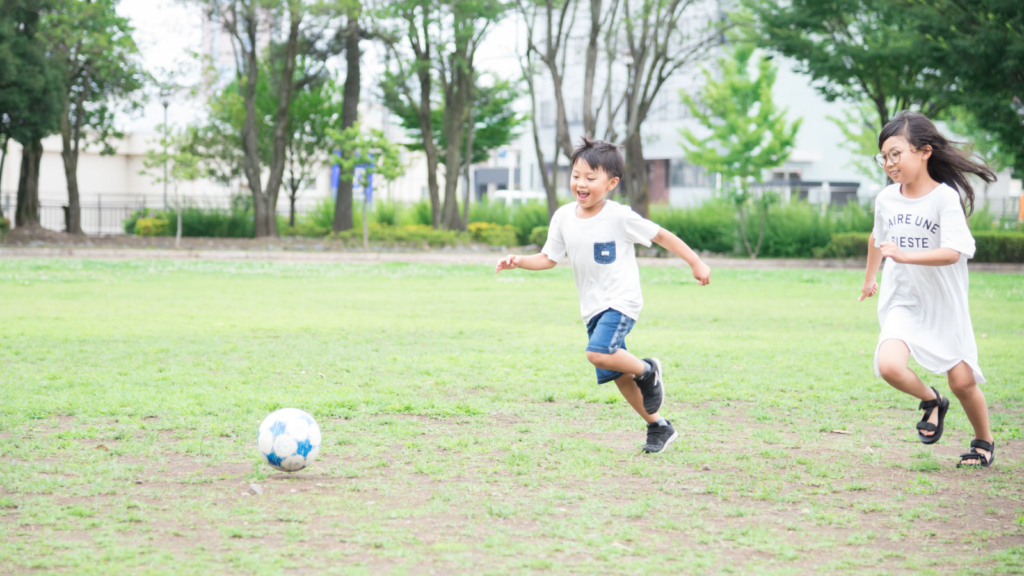
In Japan, it is legal to adopt adults that are younger than the adoptive parent. This process requires court permission, and a lot of paperwork. In the 1980s, 70% of these adopted adults in Japan were men in their 20s and 30s. A lot of these adoptions have to do with succession of businesses and inheritance, in olden times being specifically for families without a male successor. There are a lot of complications regarding the adoption of adults, many on the taxation and legal level.
However, there are still many children that need to be adopted in Japan. A very small fraction of Japanese children in need of homes actually get the protection they need through adoption or placement in foster care homes. Rather, many of these children spend their childhood in institutions until they age out.
So if there’s so many children needing homes and so many international families willing to take them in, why are these children not being adopted? The issue is that many of these children living in institutions do in fact have living parents, who do not wish to sign them over for
adoption and lose their position as their legal parents. There are various motives for this, for example some parents can’t afford to house their children and want them to be somewhere safer. Another cause for the lack of adoptions is that sometimes offices in charge of arranging adoptions do not efficiently do their jobs and therefore miss opportunities for these children to be given new homes. Hopefully in the future, the adoption system in Japan can focus on providing better lives for children in a more effective way.


